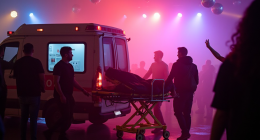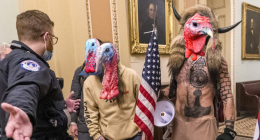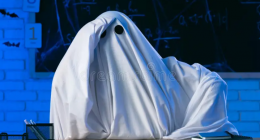At a low point in a post-holiday interview, Santa Claus broke down and revealed that he has Seasonal Affective Disorder, also known as SAD.
His hyperactivity and celebrated generosity at every Christmas for the past centuries have all been an attempt to cope with his illness.
“When I was a child,” Claus recalled, “I looked forward to winter because it meant that a magical time of family togetherness was coming. Then my parents divorced over whether I could keep a caribou in the igloo.
”
“I realized what complete farces my family traditions were,” he said, “As if these stiff and artificial interactions could create deep connections and genuine love, which I now know don’t exist. My favorite holiday became hollow for me. From that point on, every lengthening night brought the idea that life, like a few short hours of daylight on a winter afternoon, must always give way to death and darkness.”
Santa Claus tried to obscure this harsh reality with plate upon plate of iced cookies, bold red suits, an entire form of transportation using the species his parents had divorced over, elaborate new facial hair, and a turn to materialistic culture. “I thought,” he said, his characteristic chuckle cracking, “That presents could do what people could not.
”
Stanford students should be aware of SAD since, as a surprisingly common affliction, it is one of the few characteristics distinguishing the winter months from the other parts of the year on campus. Fellow students may express SAD through moodiness, weight gain, antisocial behavior, and the desire to burrow underneath heavy course loads in order to hibernate. Students are also encouraged to report instances of small people being held hostage for the purposes of forced labor.







